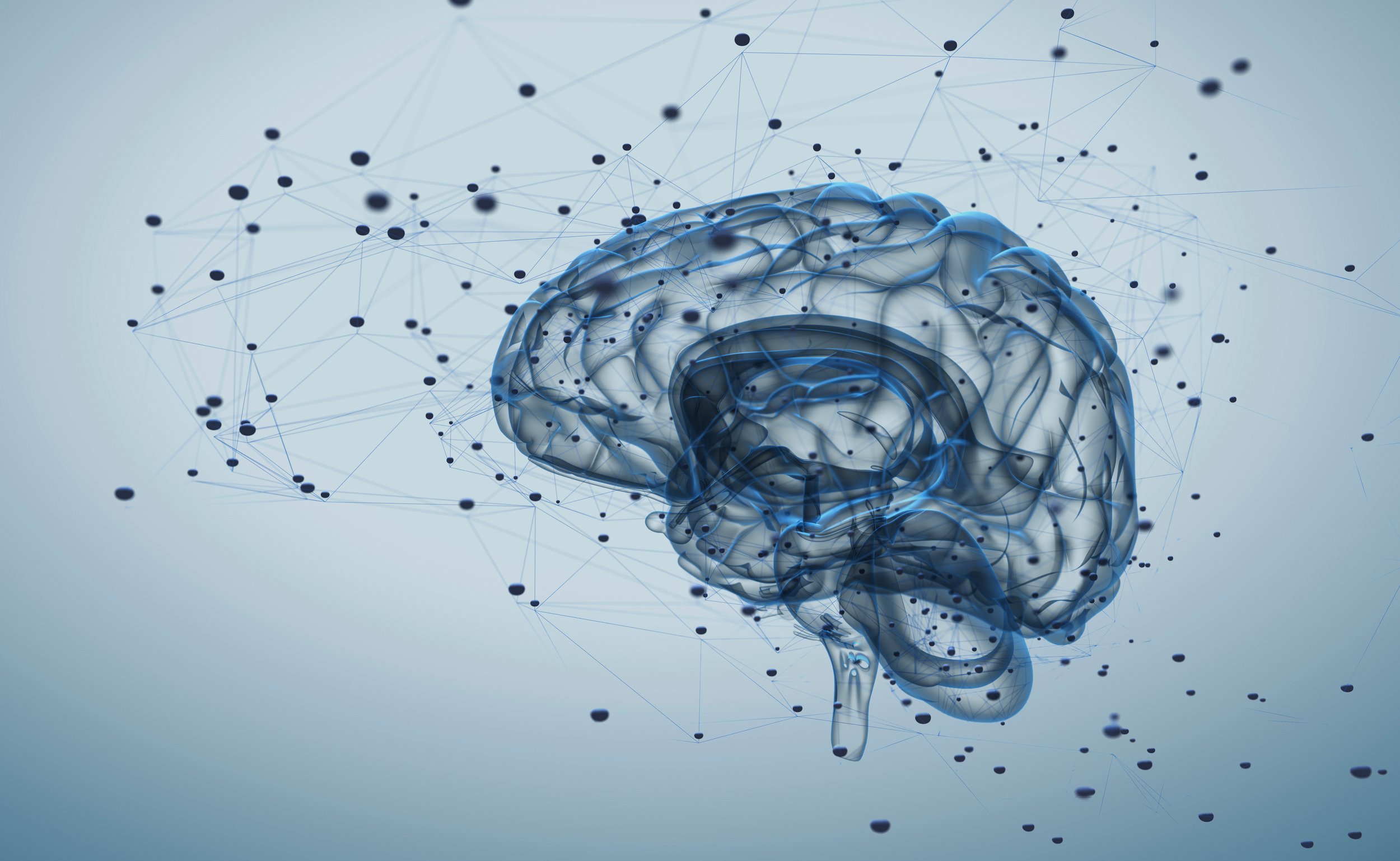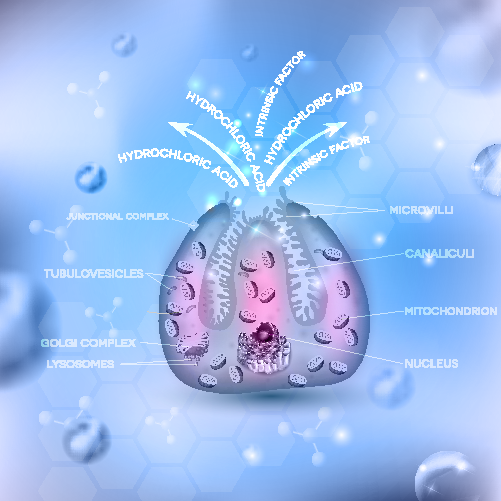The Dance of Digestion
The Choreography Within
The Choreography Within: Imagine your body is an intricate dance floor, and the star performers are not ballerinas or tango dancers but enzymes. Yes, enzymes – the unsung heroes of digestion. They take center stage to transform the three fundamental food components—proteins, fats, and carbohydrates—into the biochemical substances that power your body.
In our culinary ballet, we have three principal groups of enzymes:
Proteases are the elegant performers that gracefully deconstruct proteins, earning them the title of 'proteolytic' enzymes.
Lipases, the nimble dancers, specialize in breaking down fats and carry the name 'lipolytic' enzymes.
Amylases, the rhythm-keepers, orchestrate the breakdown of carbohydrates and are known as 'amylolytic' enzymes.
But the real magic happens when the curtain rises on a select group of performers known as hydrolytic enzymes, or simply, digestive enzymes. These enzymes possess the enchanting ability to disassemble complex molecules. Picture them as the choreographers of digestion, breaking down proteins into amino acids, triglycerides into fatty acids and glycerol, and carbohydrates into simple sugars.
Once this transformation unfolds, these smaller molecules step into the limelight, ready to be absorbed into your cells and join the grand symphony of biochemical reactions that keep you alive and thriving.
The Mouth | Mind Connection
The Mouth - Mind Connection
Imagine this dance beginning in your mouth, where nerves, hormones, and enzymes choreograph a harmonious performance. These invisible signals guide your body, determining which enzymes are needed and precisely when to start their work. It all starts with a thought, a whiff of an enticing aroma, or even the sight of a delicious meal.
As you savor the anticipation, your mouth's mechanical movements, orchestrated by your teeth, tongue, and salivary glands, set the stage. Salivary enzymes like ptyalin begin to work their magic, checking if carbohydrates need to be broken down and prepared for further processing.
The Stomach
Once your food is a harmonious paste, it embarks on a journey through your esophagus and into your stomach, the next act of our digestive ballet. Here, amylases continue their carbohydrate transformation, building upon the groundwork laid by their counterparts in the mouth.
Simultaneously, predigested proteins in the food paste encounter gastric secretions of hydrochloric acid. This acid acts as the cue for proteases like pepsin and cathepsin to step onto the stage. They, too, join the ensemble, working tirelessly to break down proteins. The result? A perfect medley of macromolecule hydrolysis, ready for absorption by your intestinal cells and release into your bloodstream.
The hydrochloric acid doesn't stop there; it stimulates hormone production, vanquishes some food-borne bacteria, and facilitates the uptake of essential minerals and trace elements into your bloodstream. It's a multifaceted performer, indeed.
As the performance continues, your body follows a choreography of its own. It prefers carbohydrates first, followed by proteins, and lastly fats. This sequence ensures optimal digestion and absorption.
In a day, your stomach produces one to two liters of gastric juice, primarily composed of hydrochloric acid and several protein-degrading enzymes. This is the secret sauce behind the digestion waltz within you.
So, as you savor your meals and marvel at the intricate dance of digestion, remember that your body is a masterful performer, effortlessly choreographing the steps to convert food into energy and nourishment. Stay tuned for the next part of our series, where we explore the enchanting journey of digestion further.



